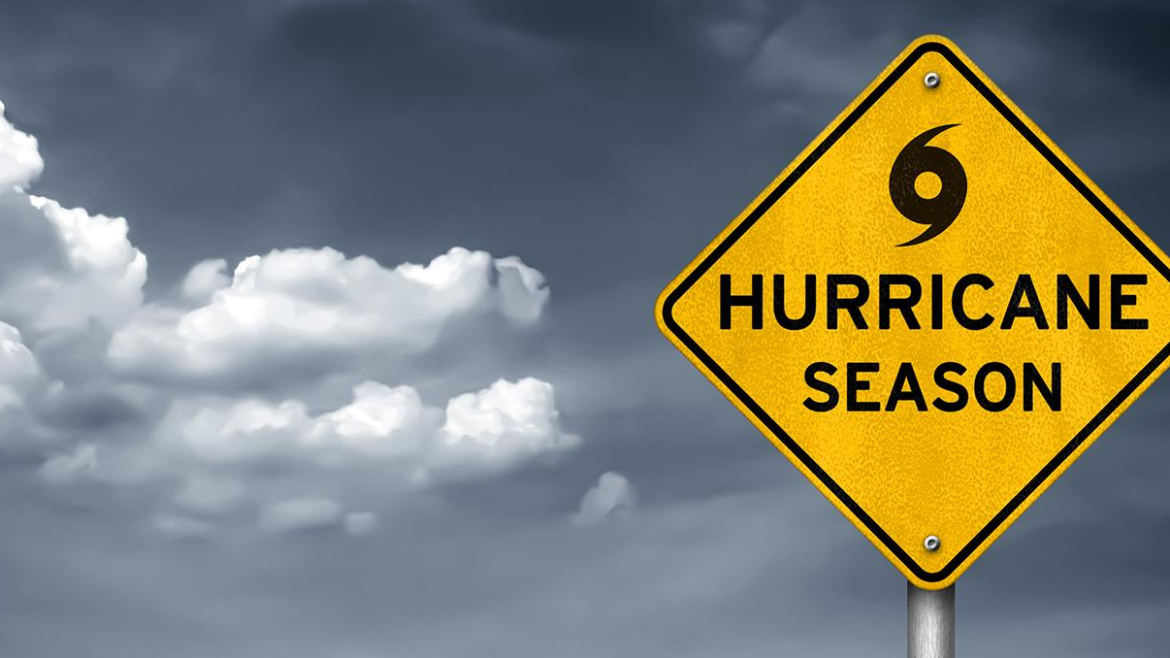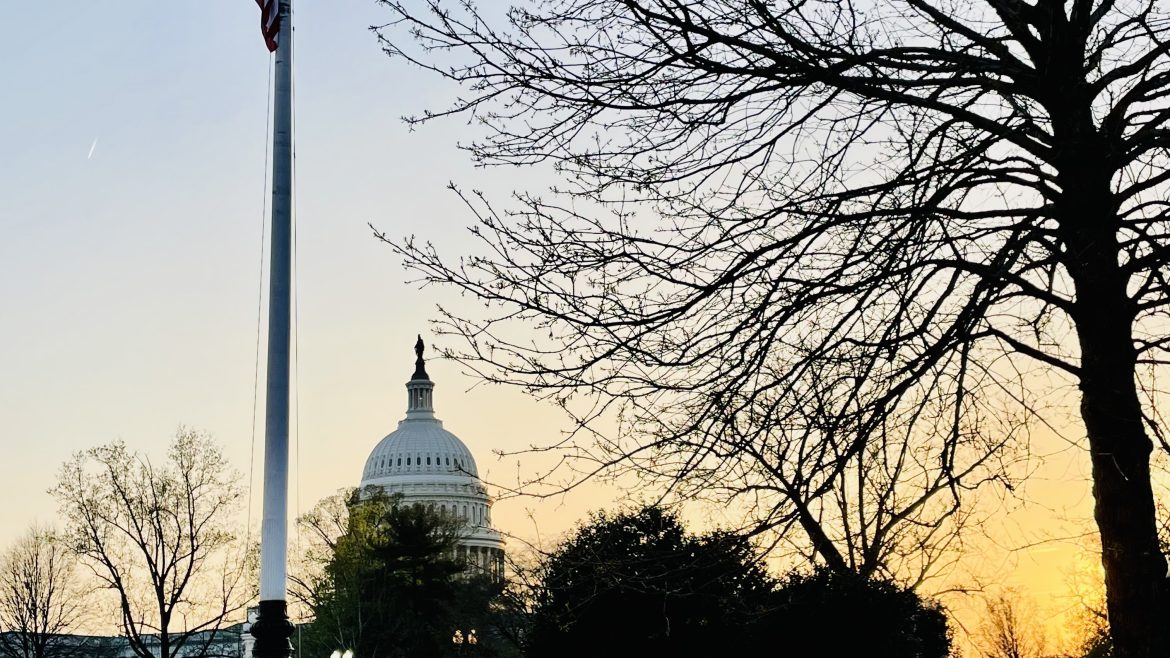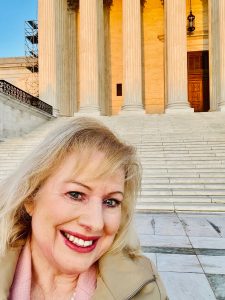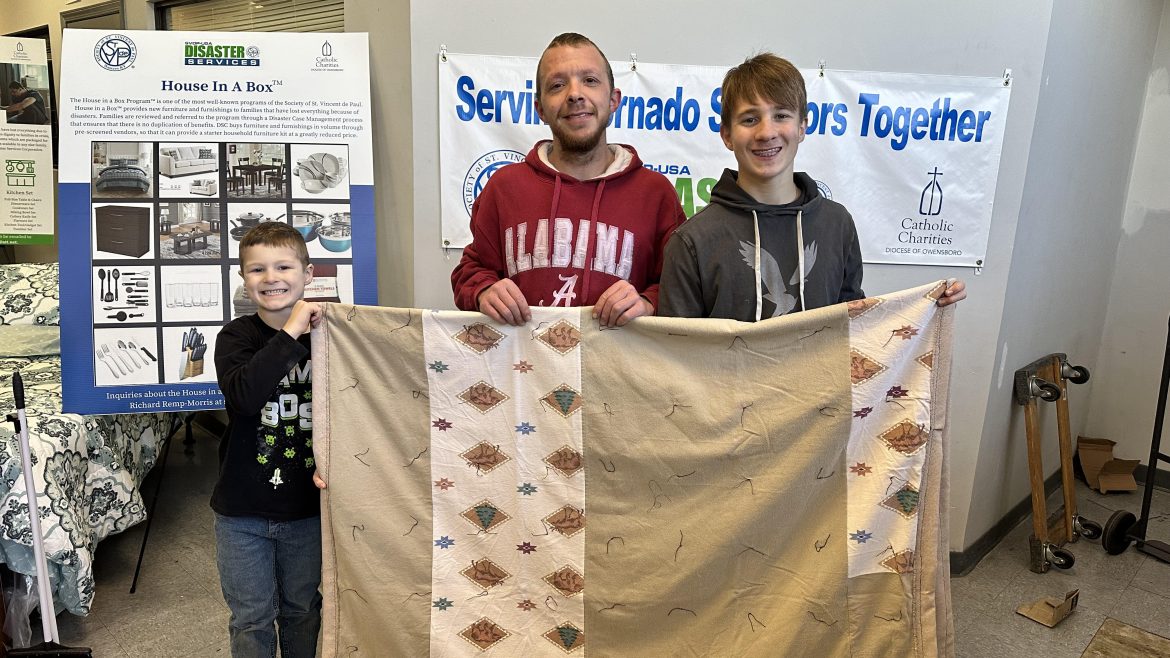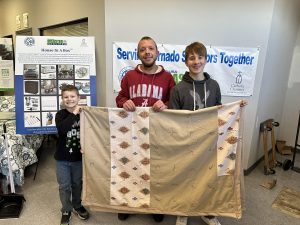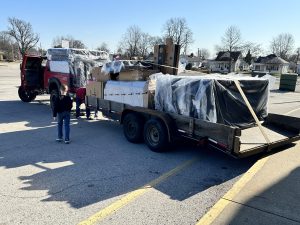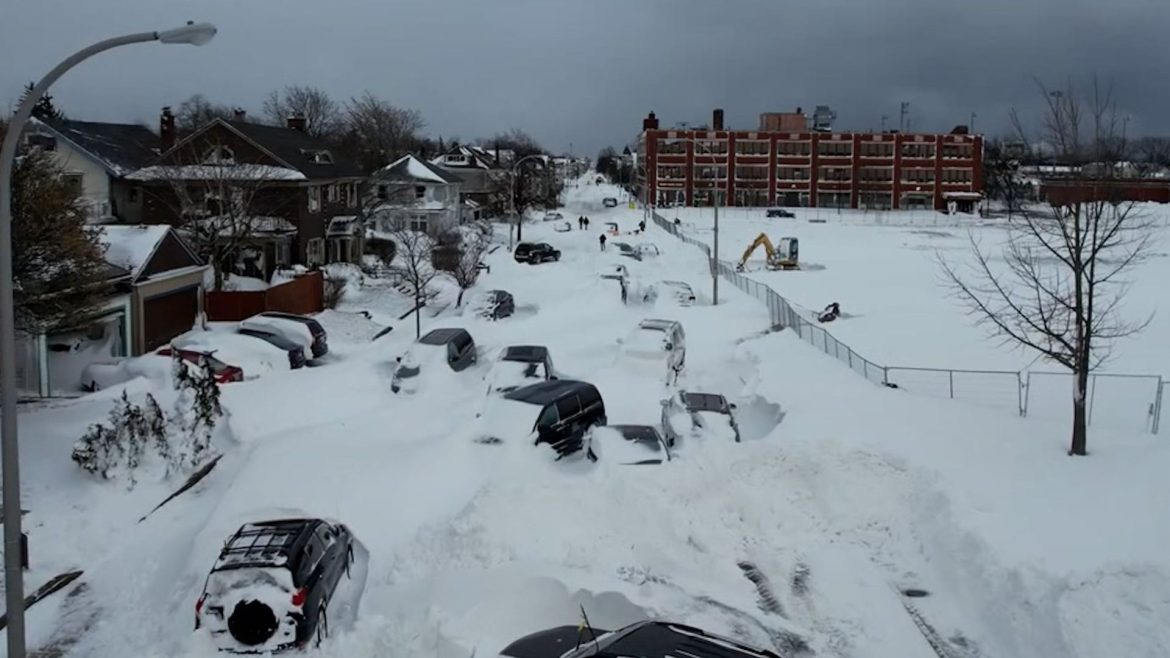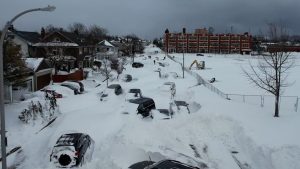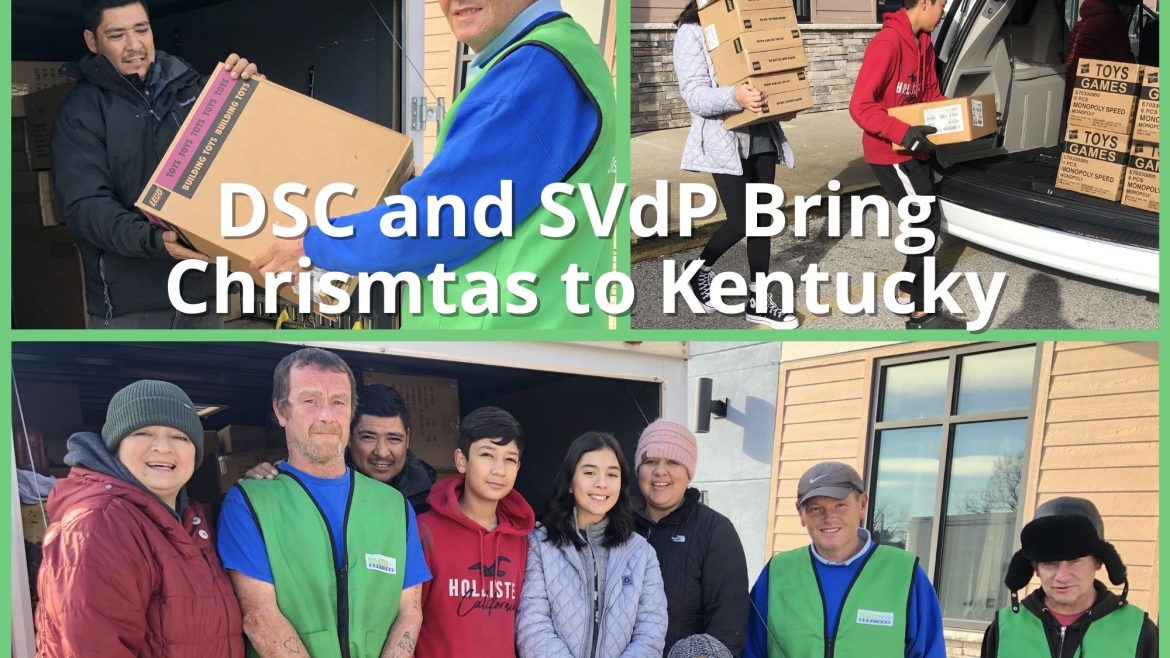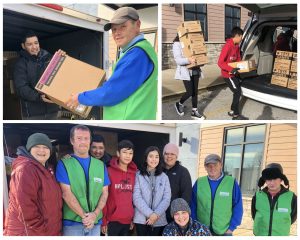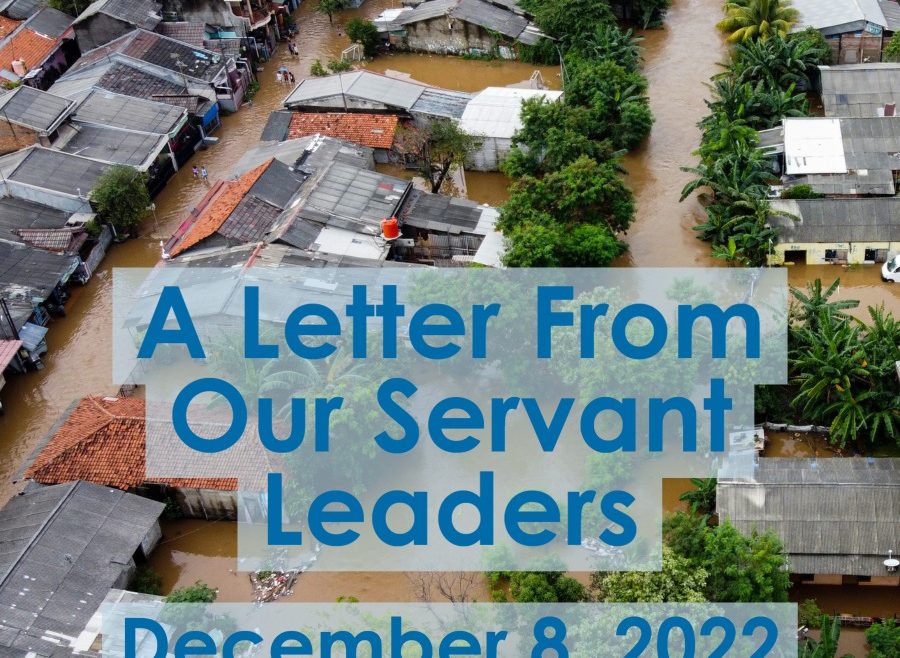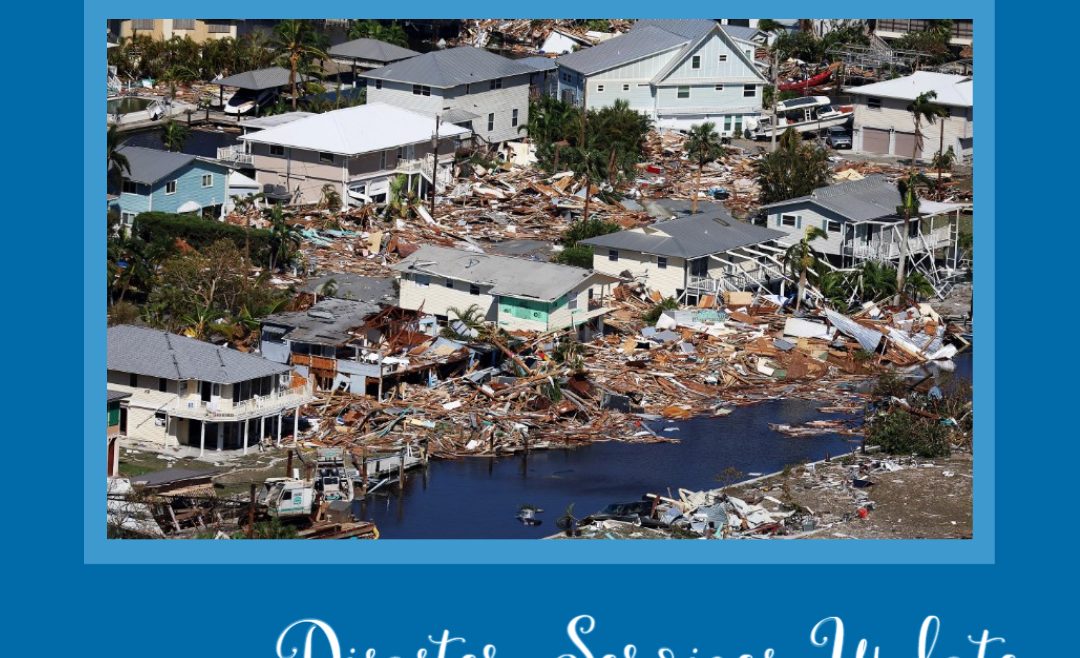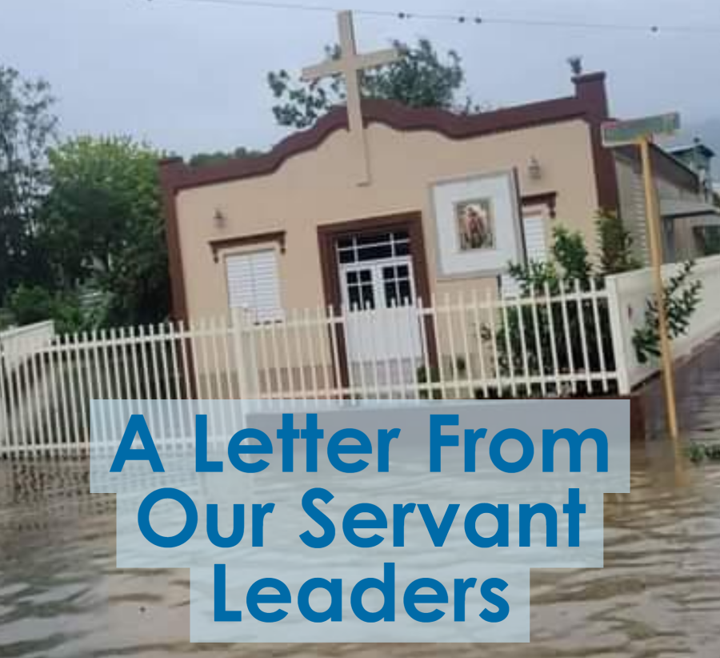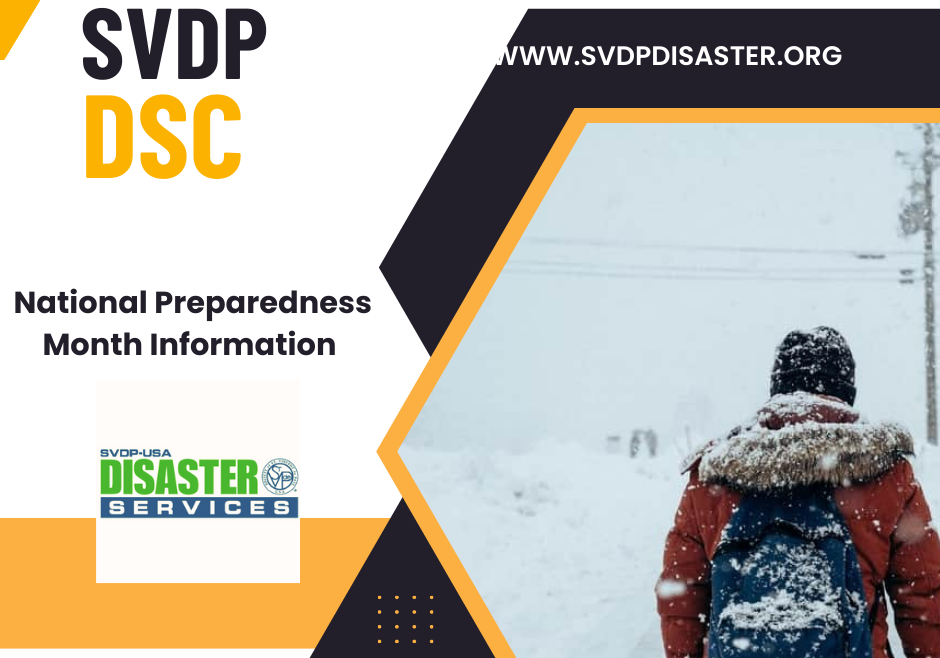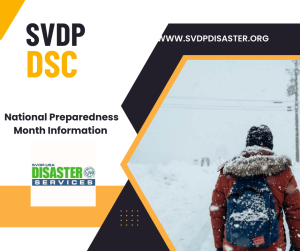Tornadoes. Floods. Hurricanes. Fires.
When a disaster strikes, you see neighbors pulling together to restore what was lost. But when entire communities are devastated, more help is needed.
The Society of St. Vincent de Paul is ready to step in at a moment’s notice to provide both rapid-response and long-term recovery grants. Working closely with the National Council subsidiary Disaster Services Corporation (DSC), parish Conferences and regional Councils, the National Council supports efforts ensuring that families in critical need of help are served not just for a few days or weeks following an event, but for however long it takes to get them back on their feet.
This kind of assistance goes beyond emergency food, water, furniture, and temporary housing. It is a
response of compassionate friendship, of journeying with, so that the long road back to self-sufficiency for those who are suffering is not a path walked alone.
During the 2021 to 2022 fiscal year, the National Council responded to 13 U.S. disaster recovery efforts with assistance totaling over $467,000.
Your generosity makes it possible. You enable the National Council to respond to requests for aid from SVdP volunteers who are the hands, the face, and the caring heart of Christ in times of crisis.
In 2022, DSC coordinated with FEMA and other organizations across the South and Midwest, helping prepare rapid response teams and finding locations for parish recovery centers to distribute supplies for tornado survivors.
The news coverage moved on long ago. But DSC and the National Council continue recovery work
in communities hit hard by disaster. We are often onsite many months after the disaster strikes to
assist in the rebuilding of homes, jobs, and lives.
The National Council provided more than $70,000 in rapid-response and long-term recovery grants
to local Vincentians working with DSC after Hurricane Ida. Funds were distributed as gift cards and hygiene kits to neighbors in need of living essentials including food and water, medications, baby formula, and diapers. Some funds assisted with funeral expenses.
Dave Brucker, SVdP Council President in Tyler, Texas, said, “I saw an army of local Vincentians volunteering at parish-based recovery centers — many full time over a couple of weeks, and many with their own damaged homes with which to contend. All so generous of their time. Disasters are never a good thing, but disasters can serve to bring out the best in people, and I was so happy to see this … God bless SVdP and DSC for facilitating the parish-based recovery centers, the volunteers, and the survivors facing significant challenges.”


